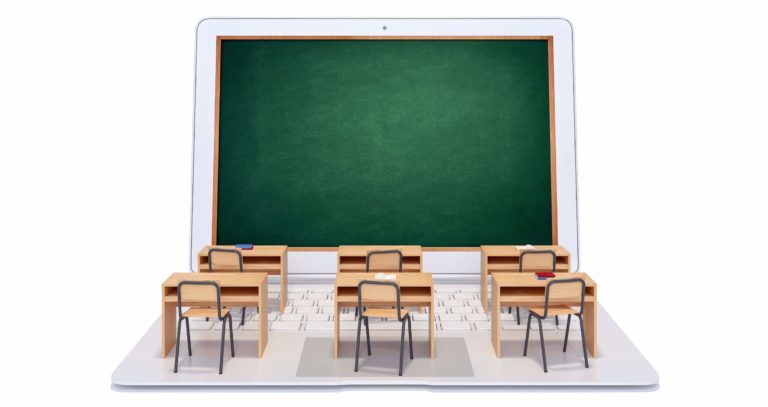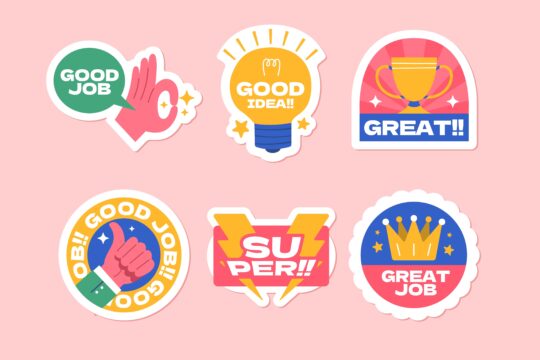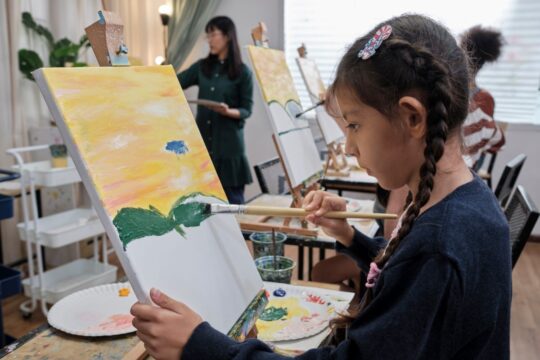What is a Digital Classroom?
In the span of about two weeks, many students and teachers, whether they had experience or not, have been thrown in the digital classroom. A digital classroom is a classroom that is fully immersed in technology. That definition may be a little stringent in our COVID-19 distance learning environment, but it passes the concept along quite nicely.
Since many schools have shifted their learning environment from the traditional classroom to the student’s home, digital delivery has become a huge medium in this transition. Most of the digital classrooms that students are using right now are delivery systems such as Google Classroom where teachers can post materials, post links to videos, post their own videos, post assignments, and students can return their completed assignments to the teachers and ask questions for clarification.
There are other digital classroom environments available, and they are used often. Edgenuity and Odysseyware are two examples where a set digital curriculum is already in place for students to follow with content, videos, explanations, etc. The teacher becomes more of a guide with these formats and can check progress and look for gaps in student performance. BrainPOP Jr. is a great example to look at for lower grades. My son is in first grade and really likes Istation.
Benefits of a Digital Classroom
While no one will argue the benefits of having a teacher in the traditional classroom or next to you guiding you through a math problem or helping you through annotations of a piece of literature, there are a couple of big advantages to the digital classroom.
First, look around us; this is the age in which we live. I mentioned my seven year old son earlier, and we also have a three year old. The way they pick up on using technology is amazing. Thus, if we are not teaching our students how to use this technology correctly, then actually we are performing a disservice to them.
As students matriculate through school, teaching them how to use technology covers two major areas: 1) digital citizenship — how to appropriately use the Internet, social media, etc. and 2) to be able to analyze the information they find on the Internet.
Secondly, in almost every job there is a piece of technology connected to it in some sort of way. Our students need to be prepared to go into the world and use their technology skills in the workforce. And again, if schools are not preparing students to use industry-level technology, we are not truly preparing them for the workforce.
Lastly, even though technology is here and changing each day, it is also the growing medium for higher education. Over the past five years, the number of college classes, workforce certification options, and continuing education classes that are online continue to expand. As our students continue to learn in a digital environment, they will be more prepared for the future.
How to Manage Your Own Digital Classroom
Much like many aspects of life, a major key to managing your own digital classroom is time management.
I posted for my students in their Google Classrooms the week we started distance learning that the number one thing they need to do is to find a routine. Whether that is in the morning or afternoon or split some time between both, they need to realize the importance of finding a consistent time of day where they can intentionally sit down and attempt to complete their work.
Secondly, it is important to minimize the distractions during this time. It may be hard not to have the kids around while you are in your digital classroom, or if you are an older sibling trying to keep the crumb-crunchers out of the room, it will be more challenging to be productive. However, the less you have going on, the more effective you will be.
Thirdly, the Internet has more resources than we can possibly imagine, so use them! Between Khan Academy and Youtube videos of how people solve problems, the answer is out there to be found.
Conclusion
If you look at the parabola of how quickly technology changes and improves, it mirrors the rate in which information is disseminated and consumed. The jobs that exist now and the forms of technology that exist now will likely be much different five and ten years from now.
Why does this matter? It matters because if we are not teaching skills, then we are not teaching our students something that is transferable from job to job or technology to technology. If we are not teaching our students how to filter and analyze the information they are taking in, then we are doing them a disservice because of all the information that is now at their fingertips. How to physically use technology is an important lesson, but how to process it is perhaps the more important lesson.




